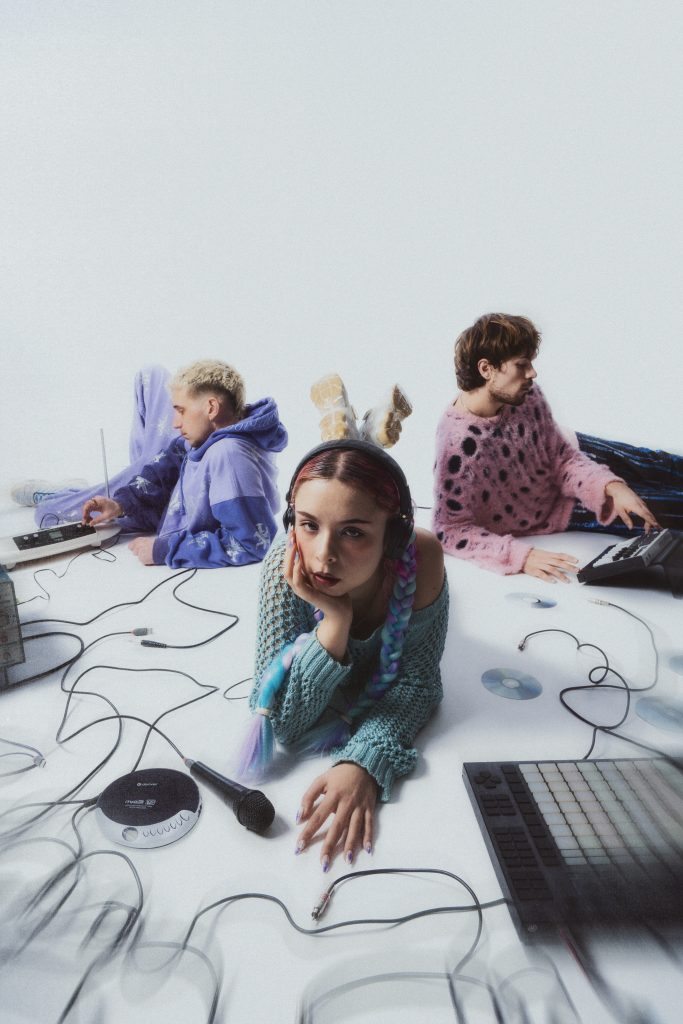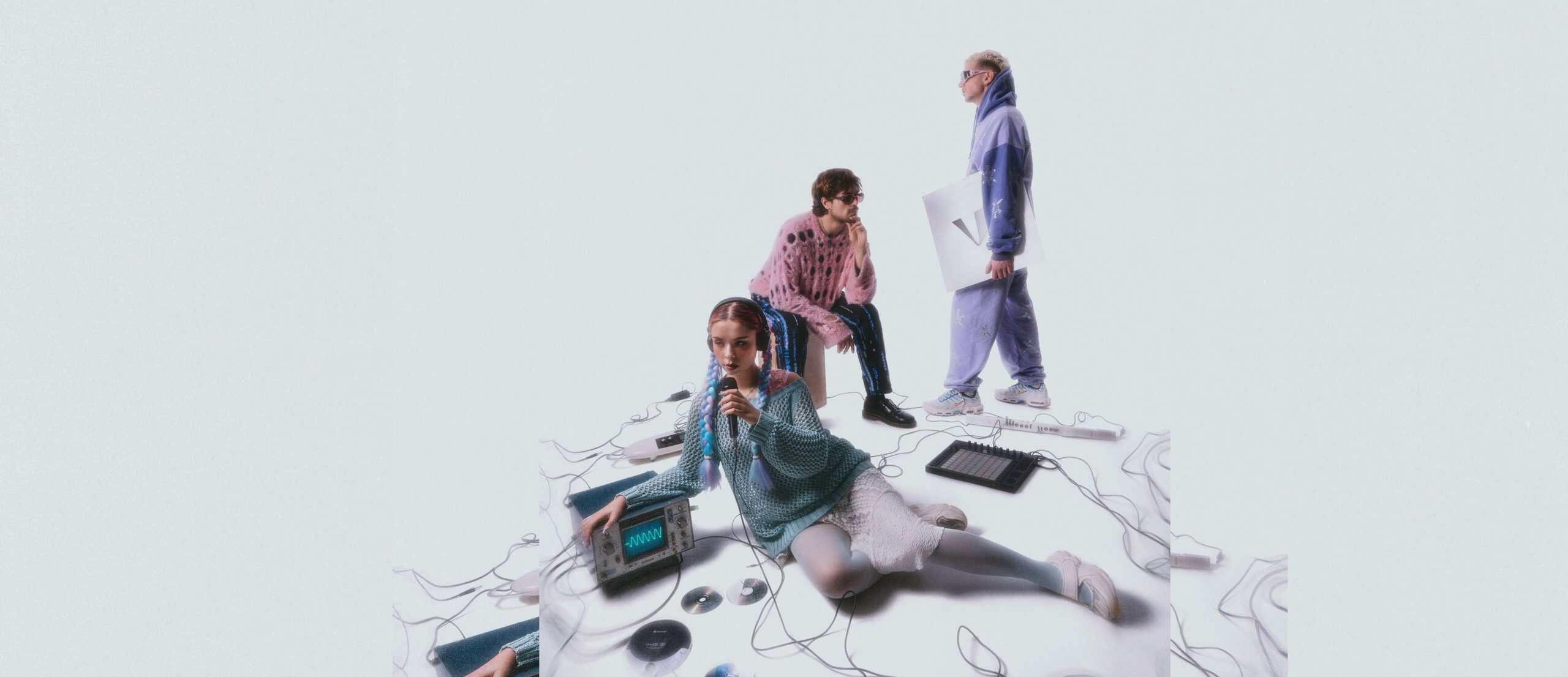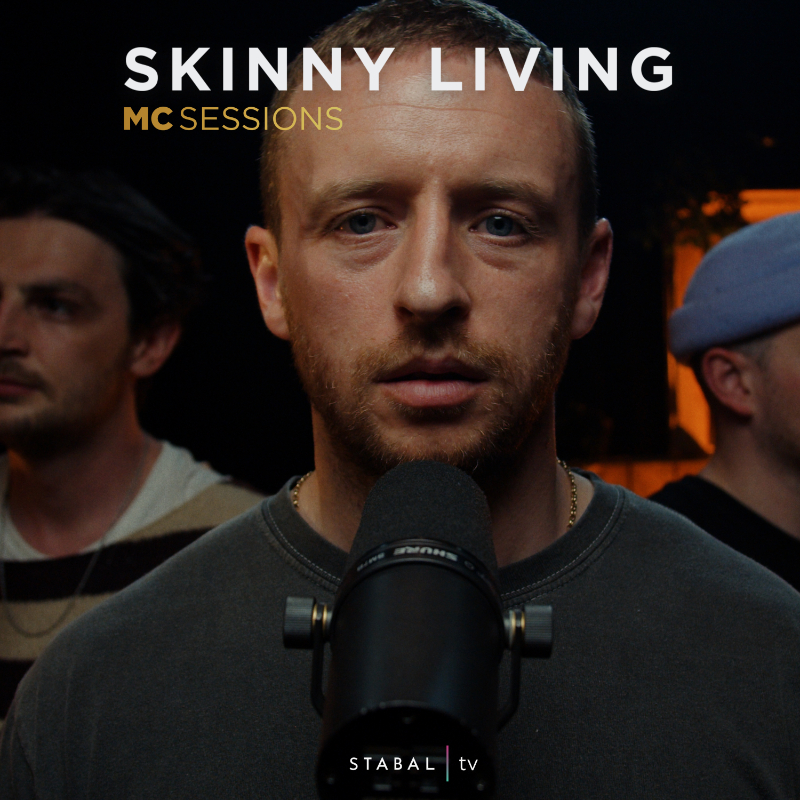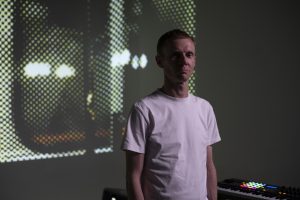The second single from Cherry trades warmth for introspection, layering fragmented emotion over breakbeat foundations.
Hello my fellow Music Crowners, Happy Friday! Yessss, here we are again to bring you some of the coolest new music around, and today is no different! Straight from London, portuguese artist Vallechi is building his name in the music production scene, working with giants in the sector such as Ultra Publishing and others. Now, he presents: Sometimes, featuring Proxy Fae.
In the quiet hours between midnight and dawn, Vallechi’s “Sometimes” begins not with an impact, but with a murmur — the sound of internal dialogue caught between thought and sensation. The track doesn’t ask for attention. It drifts into focus, like the uncertainty it describes.
Following the warmth and melodic openness of “Anytime,” the Portuguese-Brazilian producer and multimedia artist returns with “Sometimes,” a stark and spacious single that reflects a deeper shift in tone and intention. The track is the second release from Vallechi’s upcoming EP Cherry, due June 2025, and features contributions from frequent collaborator Proxy Fae. Released via EDG Records, with publishing by Ultra Publishing, “Sometimes” is a slow-burning meditation on emotional fragmentation and mental duality, sculpted through ambient textures and club-informed rhythms.
Built around breakbeat percussion and filtered ambient layers, “Sometimes” inhabits a sonic space that feels neither grounded nor lost — a liminal zone shaped by mantra-like vocals and spoken fragments. The lyrics unfold like internal monologue: “Sometimes I feel, sometimes I think, sometimes I wonder what’s really real.” With restraint as its central force, the track embraces contradiction as method, balancing rhythm with atmosphere, tension with clarity.
Vallechi describes it as a study of “inner fragmentation — the way thought, emotion, and presence never fully align.” In contrast to the accessibility of “Anytime,” “Sometimes” leans into ambiguity. The result is a track less concerned with movement than with reflection — an exploration of what happens when traditional structures dissolve and emotion becomes landscape rather than statement.
For Vallechi, Cherry represents more than a sonic statement; it’s an evolving body of work shaped by contrasts — light and dark, external and internal, rhythm and drift. “Sometimes” lands in the middle of that polarity. While “Go Easy,” the EP’s first single, radiated warmth and ease, this second chapter introduces a colder, more fragmented layer. There’s a deliberate detachment in the vocal delivery, and yet the words resonate with familiarity, capturing the logic of late-night introspection.

Proxy Fae’s contribution adds depth to this effect, blurring the boundary between spoken word and melody. Their voice does not lead the track but rather haunts its periphery, enhancing the sense of a dialogue taking place within rather than between people. This subtle dynamic reflects Vallechi’s broader interest in emotional realism — not through grand gestures, but through fractured details.
The influence of UK electronic music remains present, though not dominant. Vallechi’s time in London continues to echo through his production, particularly in the interplay between club rhythm and experimental form. Yet “Sometimes” is less about genre placement and more about using sound as a tool for navigating interior space. Its restraint functions not as minimalism but as method — building weight through subtle distortion, not through scale.
Vallechi’s ongoing collaboration with visual artists Ines Maestre and Sara Bastai complements this approach. The visual world around “Sometimes” mirrors the track’s sonic texture: fragmented, layered, and emotionally non-linear. While not yet confirmed for a full video release, the artwork and visual direction suggest a conceptual unity with the broader Cherry project — a continuation of Vallechi’s vision to merge sound, image, and space into a single immersive language.

His background — a blend of classical music training, London’s underground scenes, and creative direction in fashion — shapes this multi-sensory identity. Whether through club shows, audiovisual installations, or releases like “Sometimes,” Vallechi treats music not as product but as platform — one that invites listeners to engage with complexity, not escape from it.
With “Sometimes,” Vallechi doesn’t chase resolution. Instead, he leans into ambiguity — drawing attention to the fragments that often go unnoticed in the emotional landscape of nightlife. It’s a track built not for dancefloors, but for the empty spaces between them.
As Cherry approaches its release, “Sometimes” signals an artist continuing to evolve, choosing to explore the edges rather than settle at the center. Through restraint, dissonance, and sonic openness, Vallechi reminds us that emotional clarity sometimes emerges not in answers, but in the questions we keep returning to.







